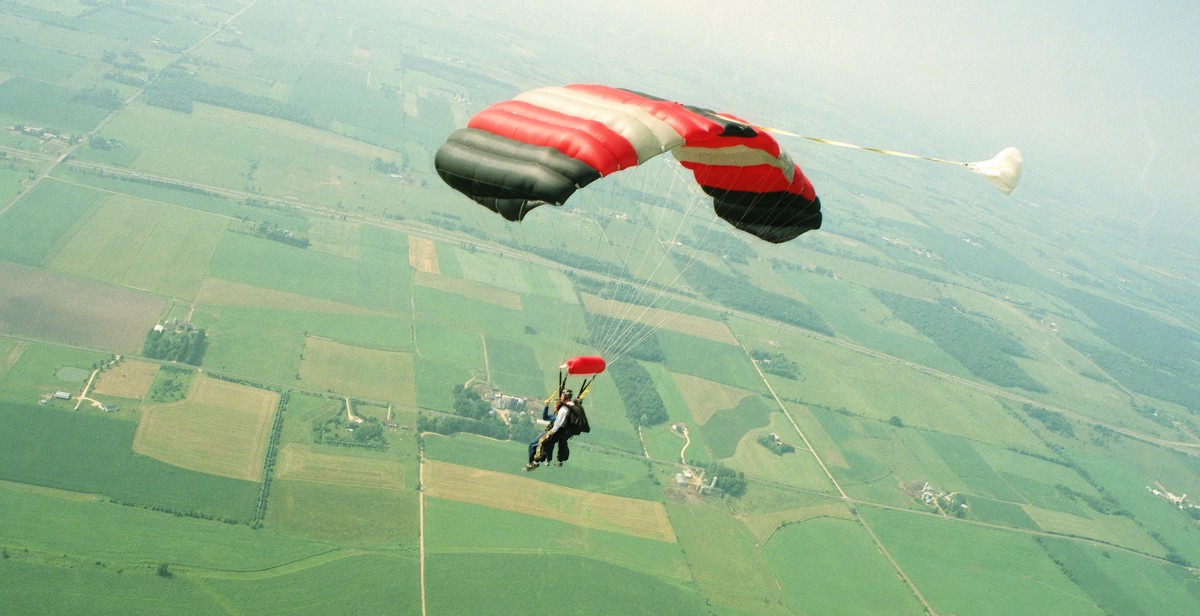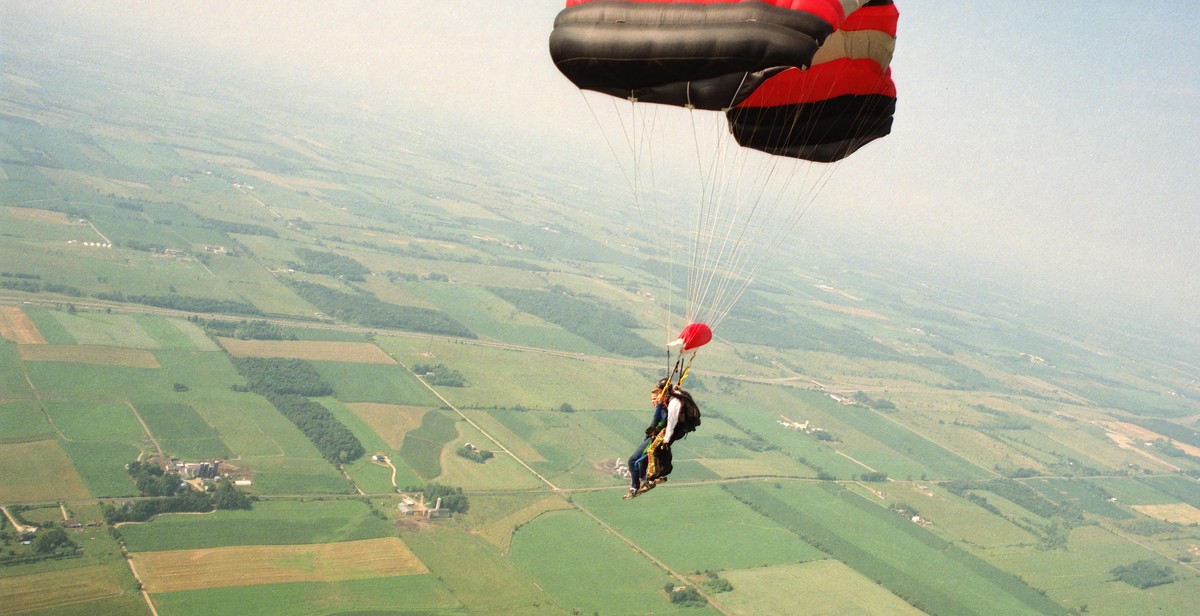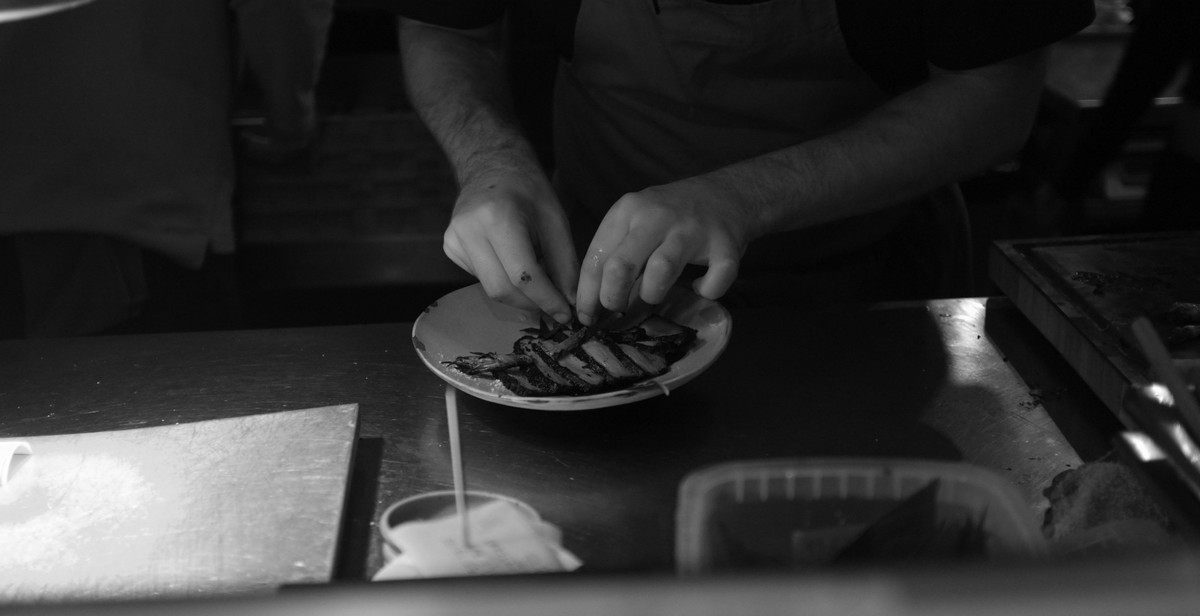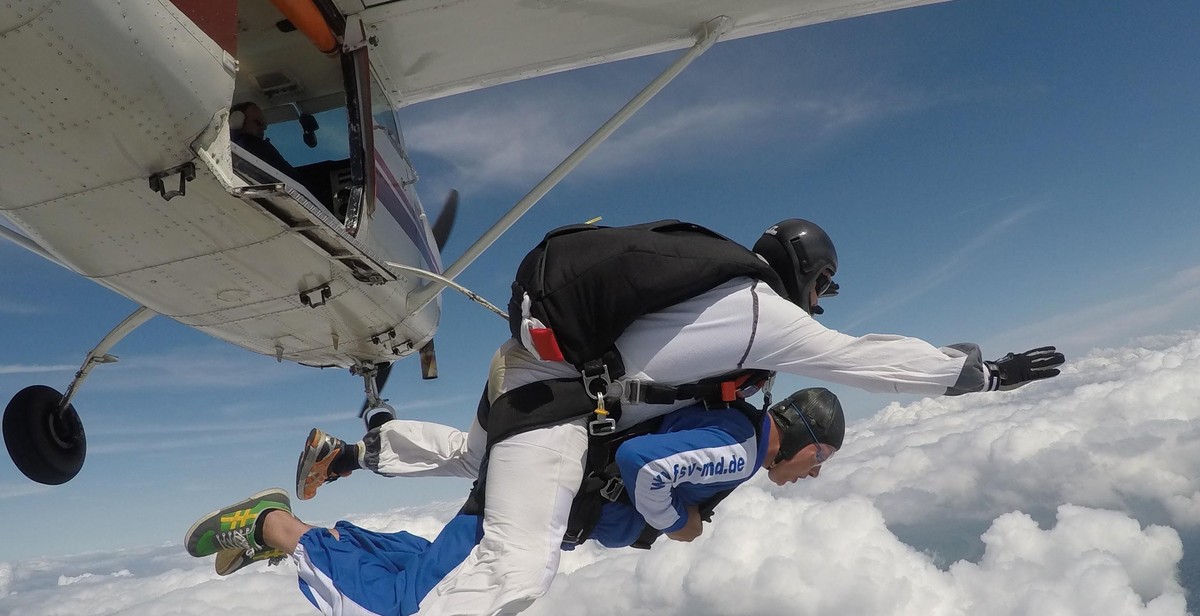How to Perform Aerial Maneuvers in Parachuting: Advanced Techniques for Experienced Jumpers
As an experienced parachutist with over a decade of experience, I have performed a wide range of aerial maneuvers while freefalling through the sky. From simple turns and flips to more complex formations and acrobatics, there is no limit to what you can achieve with the right training and practice.
In this article, I will be sharing some of the advanced techniques that I have learned over the years for performing aerial maneuvers in parachuting. Whether you are a seasoned jumper looking to take your skills to the next level or a beginner looking to learn more about the sport, this guide will provide you with valuable insights and practical tips that you can use to improve your performance in the air.
Why Perform Aerial Maneuvers?
For many parachutists, the thrill of freefalling through the sky is enough to keep them coming back for more. But for those looking to push themselves to new heights, performing aerial maneuvers can provide an added challenge and sense of accomplishment.
Not only do aerial maneuvers allow you to showcase your skills and creativity as a parachutist, but they can also help you develop better body awareness, control, and coordination. By mastering these advanced techniques, you can become a more confident and skilled jumper, capable of tackling even the most challenging skydiving situations.
What You Will Learn in This Guide
In this guide, we will cover a range of advanced aerial maneuvers that you can perform while freefalling through the sky. Some of the topics we will cover include:
- Barrel rolls and loops
- Backflips and front flips
- Tracking and tracing
- Formations and acrobatics
We will also provide tips on how to stay safe while performing these maneuvers, as well as advice on how to train and practice effectively to improve your skills.

Basic Aerial Maneuvers in Parachuting
As an experienced jumper, you might be looking for ways to add some excitement to your skydiving routine. Basic aerial maneuvers are a great way to challenge yourself and show off your skills. In this section, we will cover three basic maneuvers: the barrel roll, backflip, and front flip.
Barrel Roll
The barrel roll is a classic aerial maneuver that involves rotating your body 360 degrees while in freefall. To perform a barrel roll:
- Begin by assuming a stable body position with your arms and legs extended and your body facing the ground.
- Shift your weight to one side and tuck your knees towards your chest while keeping your arms extended.
- Rotate your body 360 degrees by pushing off with your legs and using your arms to maintain stability.
- Extend your limbs again and return to a stable body position.
Backflip
The backflip is a more advanced maneuver that involves flipping backwards while in freefall. To perform a backflip:
- Assume a stable body position with your arms and legs extended and your body facing the ground.
- Tuck your chin to your chest and roll backwards while keeping your arms and legs tucked in.
- Extend your limbs again and return to a stable body position.
Front Flip
The front flip is similar to the backflip but involves flipping forward instead of backwards. To perform a front flip:
- Assume a stable body position with your arms and legs extended and your body facing the ground.
- Tuck your knees towards your chest and roll forward while keeping your arms tucked in.
- Extend your limbs again and return to a stable body position.
Remember, these maneuvers should only be attempted by experienced jumpers who have received proper training and guidance. Always prioritize safety and follow proper procedures when attempting aerial maneuvers.

Advanced Aerial Maneuvers in Parachuting
If you are an experienced jumper and looking to take your parachuting skills to the next level, then learning advanced aerial maneuvers is a must. These maneuvers require a great deal of skill and practice to master, but once you do, they can add a whole new level of excitement to your jumps.
McTwist
The McTwist is a popular aerial maneuver that involves performing a 360-degree twist while flipping. To perform this maneuver, you will need to gain enough altitude and speed before initiating the move. Begin by tucking your knees in and start the rotation while simultaneously flipping backward. Once you have completed the 360-degree twist, extend your legs to prepare for landing.
Double Backflip
The double backflip is another advanced aerial maneuver that involves performing two backflips in a row. To perform this maneuver, you will need to gain enough altitude and speed before initiating the move. Begin by tucking your knees in and flipping backward. Once you have completed the first backflip, immediately tuck your knees in again and perform the second backflip. Extend your legs to prepare for landing.
Corkscrew
The corkscrew is a complex aerial maneuver that involves rotating your body in a spiral motion while flipping. To perform this maneuver, you will need to gain enough altitude and speed before initiating the move. Begin by tucking your knees in and start rotating your body in a spiral motion while simultaneously flipping backward. Once you have completed the maneuver, extend your legs to prepare for landing.
Helicopter
The helicopter is an advanced aerial maneuver that involves rotating your body in a 360-degree motion while flipping. To perform this maneuver, you will need to gain enough altitude and speed before initiating the move. Begin by tucking your knees in and start rotating your body while simultaneously flipping backward. Once you have completed the 360-degree rotation, extend your legs to prepare for landing.
Remember, these advanced aerial maneuvers require a great deal of skill and practice to master. Always ensure that you have the proper training and equipment before attempting any of these maneuvers.

Preparation for Aerial Maneuvers
Performing aerial maneuvers in parachuting requires a high level of physical and mental preparation. Here are some essential steps to take before attempting any advanced techniques:
Physical Conditioning
Jumping out of an airplane and performing aerial maneuvers can be physically demanding. Therefore, it is crucial to ensure that your body is in top shape before attempting any advanced techniques. Consider incorporating the following exercise into your routine:
- Cardiovascular exercises like running, cycling, or swimming to build endurance
- Strength training exercises like squats, lunges, and deadlifts to build lower body strength
- Core strengthening exercises like planks and sit-ups to improve stability and balance during freefall
Mental Preparation
Performing aerial maneuvers also requires mental preparation. You need to be confident, focused, and mentally prepared to execute the maneuver successfully. Here are some tips to help you mentally prepare:
- Visualize the maneuver in your mind and imagine yourself executing it successfully
- Practice positive self-talk to boost your confidence and reduce anxiety
- Stay focused on the task at hand and avoid distractions
Equipment Check
Before attempting any aerial maneuvers, you should ensure that your equipment is in good working condition. Check the following:
| Equipment | What to Check |
|---|---|
| Parachute | Inspect the canopy, lines, and stitching for any signs of wear or damage |
| Harness | Check the buckles, straps, and hardware for any signs of wear or damage |
| Altimeter | Ensure that the altimeter is calibrated correctly and working correctly |
By taking these essential steps, you can ensure that you are physically and mentally prepared to execute any aerial maneuver successfully. Remember always to prioritize safety and never attempt any advanced techniques beyond your skill level.

Executing Aerial Maneuvers
Exit Position
The exit position is crucial for executing aerial maneuvers. Before exiting the plane, ensure that you are in a stable position with your body aligned with the relative wind. Keep your arms and legs slightly bent, and your head up to maintain the correct body position.
Freefall Position
Once you exit the plane, assume a stable body position with your arms and legs extended. Keep your head up, and your eyes focused on the horizon. Maintain a neutral body position to ensure stability during the maneuver.
Executing the Maneuver
Executing aerial maneuvers requires precise movements and timing. To perform a maneuver, maintain a stable freefall position, and then initiate the maneuver with a deliberate movement. Follow through with the maneuver, and maintain control throughout the execution.
- Barrel Roll: Initiate the maneuver by tucking your knees towards your chest and rolling your body to the side. Extend your arms to stabilize your position and complete the roll.
- Backflip: Initiate the maneuver by tucking your chin to your chest and throwing your legs over your head. Extend your arms to stabilize your position and complete the backflip.
- Front flip: Initiate the maneuver by throwing your arms forward and tucking your knees towards your chest. Roll your body forward and complete the front flip.
Recovery and Landing
After executing the maneuver, return to a stable freefall position and regain control. Plan your landing by choosing a safe landing area and adjusting your altitude accordingly. Make small adjustments to your body position to ensure a smooth landing.
| Maneuver | Initiation | Execution | Recovery |
|---|---|---|---|
| Barrel Roll | Tuck knees and roll to side | Extend arms and complete roll | Return to stable position |
| Backflip | Tuck chin and throw legs over head | Extend arms and complete backflip | Return to stable position |
| Front flip | Throw arms forward and tuck knees | Roll body forward and complete front flip | Return to stable position |

Conclusion
Performing aerial maneuvers in parachuting is an exhilarating experience that requires proper training, experience, and technique. As an experienced jumper, mastering advanced techniques can take your parachuting skills to the next level and open up new possibilities for exploration and fun.
Remember the Basics
Before attempting any advanced maneuvers, it’s important to remember the basics of parachuting. Always follow safety protocols, know your equipment, and practice proper body positioning and control in the air.
Train with Experienced Instructors
To master advanced techniques, it’s crucial to train with experienced instructors who can provide guidance, feedback, and support. Seek out reputable training programs and instructors who have a strong track record of safety and success.
Practice Makes Perfect
As with any skill, practice is essential for mastering aerial maneuvers. Take the time to perfect each technique, starting with the basics and gradually progressing to more advanced maneuvers.
Have Fun and Stay Safe
Finally, remember that parachuting is a thrilling and fun activity, but safety should always be the top priority. Always follow proper safety protocols and never attempt maneuvers beyond your skill level.
With dedication, practice, and the right training, you can take your parachuting skills to new heights and experience the thrill of aerial maneuvers like never before.
